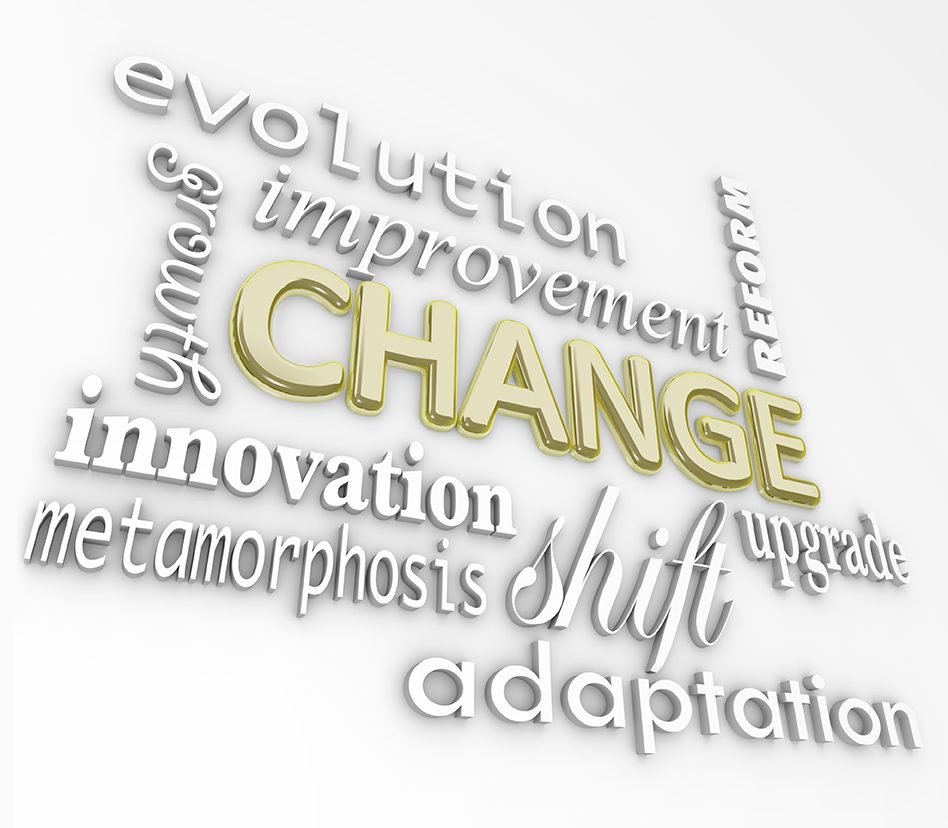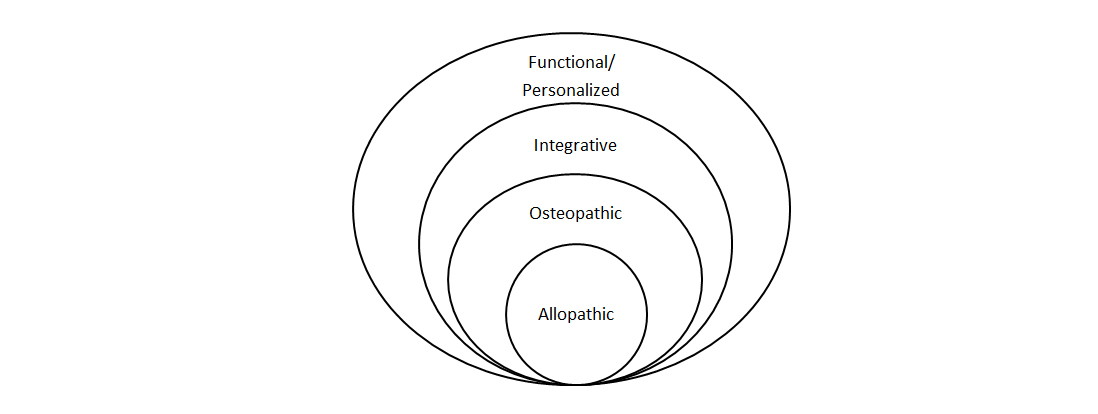What is a Systems Approach? Use It to Train Others and Yourself
When I was in graduate school I discovered in my readings, the differences between open-loop systems and closed-loop systems approach. I fell in love with the Open-loop systems descriptions in business and how it contrasted with the closed-loop. In this blog, I will explain what these systems are and how you likely operate in both but you need to invite the open-loop systems into your practice and perhaps your own training.
A closed-loop system is as you might think — closed to the influence and energy of outside sources. While this seems efficient, in the long run- it is not. A closed-loop system is similar to the thermostat in your living space. The temperature goes down, it is detected by a thermometer. This is sent to an “integration center” which processes the information and sends a signal to an “effector” which would be a heater or air conditioner to “turn on” or not. In training, this might be where you train someone and they begin to get stronger with weights. Say you have them doing a bench press between 8 and 15 repetitions. Once they can do 15 reps easily, you “raise the weight” and they no longer can do. Job done… or is it?
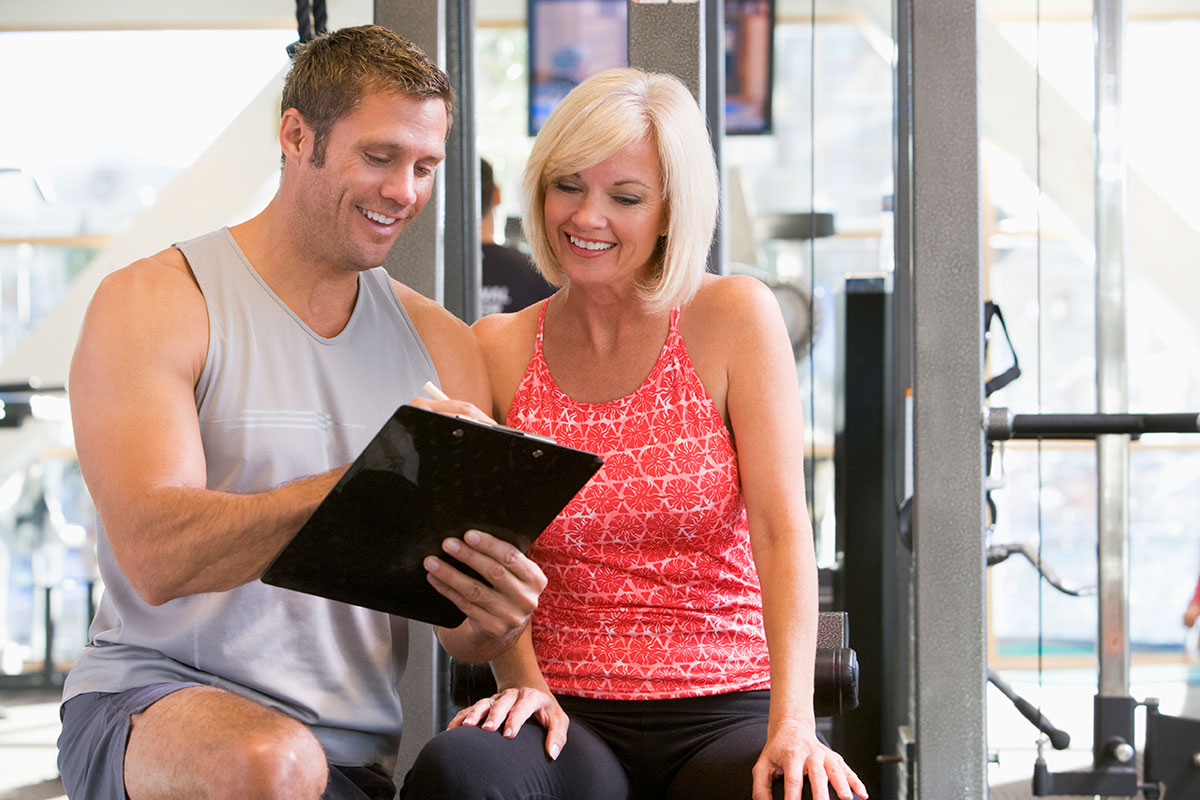
In an open-loop system, there is “new energy” coming in and adaptations must take place. So when a tree is growing there is a normal system, where leaves go through photosynthesis, they make glucose and oxygen from carbon dioxide and water they provide energy to the plant and everything is “honkey-dory”…or is it?
Actually, the leaves that were getting a high amount of light send a signal to the integrating center, and the leaves that were getting very low light also send a signal to the integrating center. The tree adjusts its growing pattern to maximize the light pattern. It was capable of adaptation. It was capable of pulling in new positive energy and adjusting the system to accommodate it, thus survive.
Our bones must constantly have new incoming stimulus to grow or even “stick around” especially in older age. The natural process of the bones is to “lose mineral density” but by introducing new stimulus and the proper nutrients, you can maintain or even grow bone mass.
To develop a system, you must include all 3 aspects of the homeostasis cycle. You must do an assessment to understand the current state of the client. This is a receptor or detector. If you don’t have a good assessment system that is understood by the integration center, then the system is broken. If you do not understand the scientific background, then you as a trainer, are not a good integration center. Finally the effector. In the case of this analogy, the effector is exercise. Exercise will change the stimulus to the bone, thus it “effects” the result.
In my Osteoporosis Fitness Specialist online course, I provide a comprehensive assessment system using the ABCDEFF. It assesses someone’s agility, balance, coordination, dexterity, endurance, force, and flexibility. Throw in someone’s bone density (T-score) and if they have broken a bone, as well as a nutritional and medical intake and you have a really good picture of your client’s status. From there, a solid education on bone physiology and how exercise influences bone physiology sets up the integration center. Finally, the exercise programs are highly adaptive to not only the location (gym, home, or park) but the level (1-4). Thus, great adaptability exists to allow new energy to flow into the system.
Webinar with Mark Kelly: Kick Some ‘Ass’essments!
Assessments… most trainers are scared of this word, and many clients don’t want to go through them. A good assessment should not be feared, and actually it should be embraced because it may give critical information to guide your training program. What if you went to the medical doctor and he or she just guessed at what you might have, and then gave you a drug or wanted to do surgery on you! You would think they are crazy! Why should setting up a training program be any different, especially for someone with a medical condition.
This webinar will go through the different tests that are easy to perform, very informative, and well within a trainer’s scope of practice. It will also discuss how to use clinical tests in conjunction with your own to advance your assessment and accurately deliver a program specifically guided to help your client improve their condition and life!
Dr. Mark P. Kelly has been involved with the health and fitness field for more than 30 years. He has been a research scientist for universities and many infomercial projects. He has spoken nationally and internationally on a wide variety of topics and currently speaks on the use of exercise for clinical purposes and exercise’s impact on the brain. Mark is a teacher in colleges and universities in Orange County, CA., where Principle-Centered Health- Corporate Wellness & Safety operates.
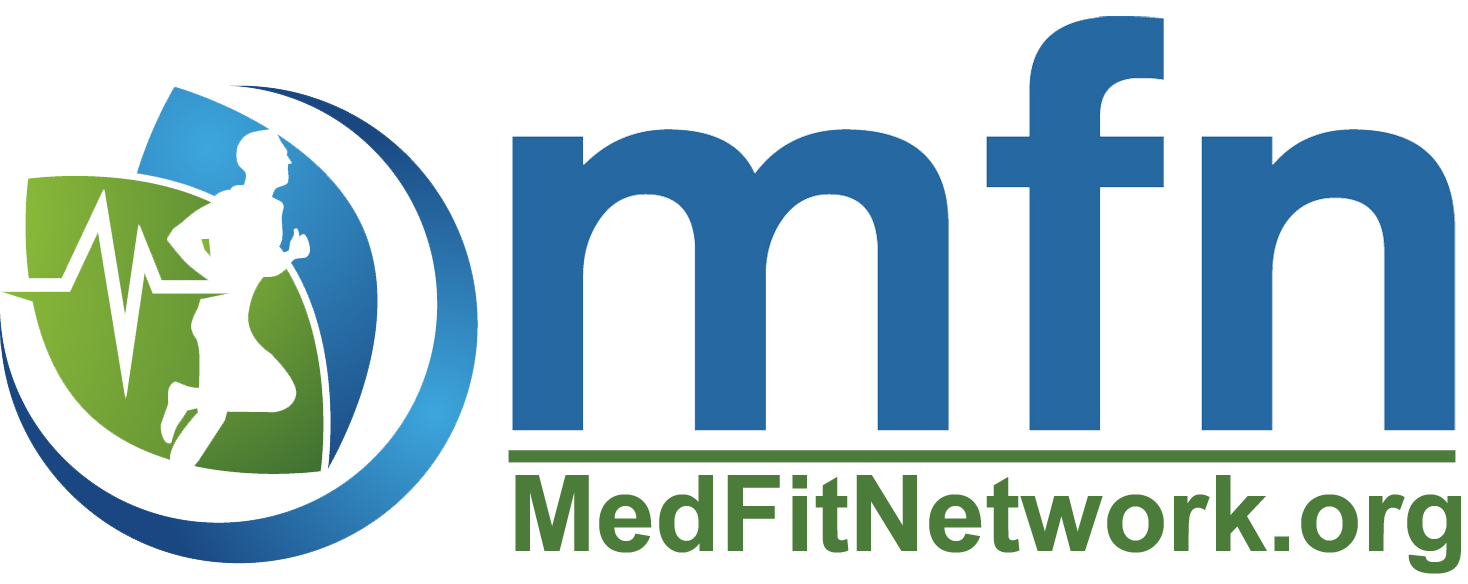
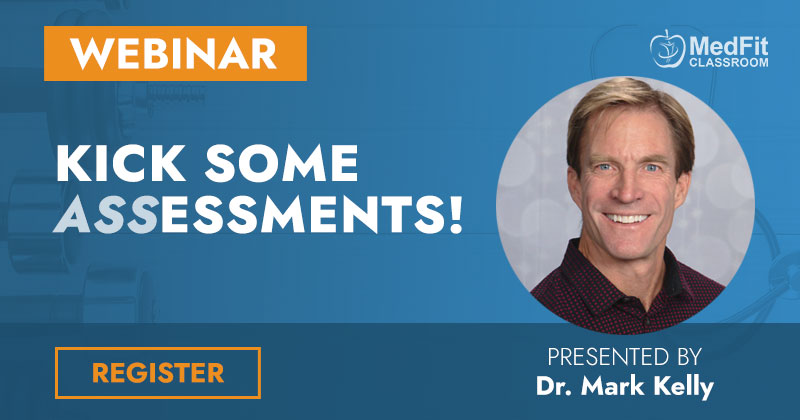

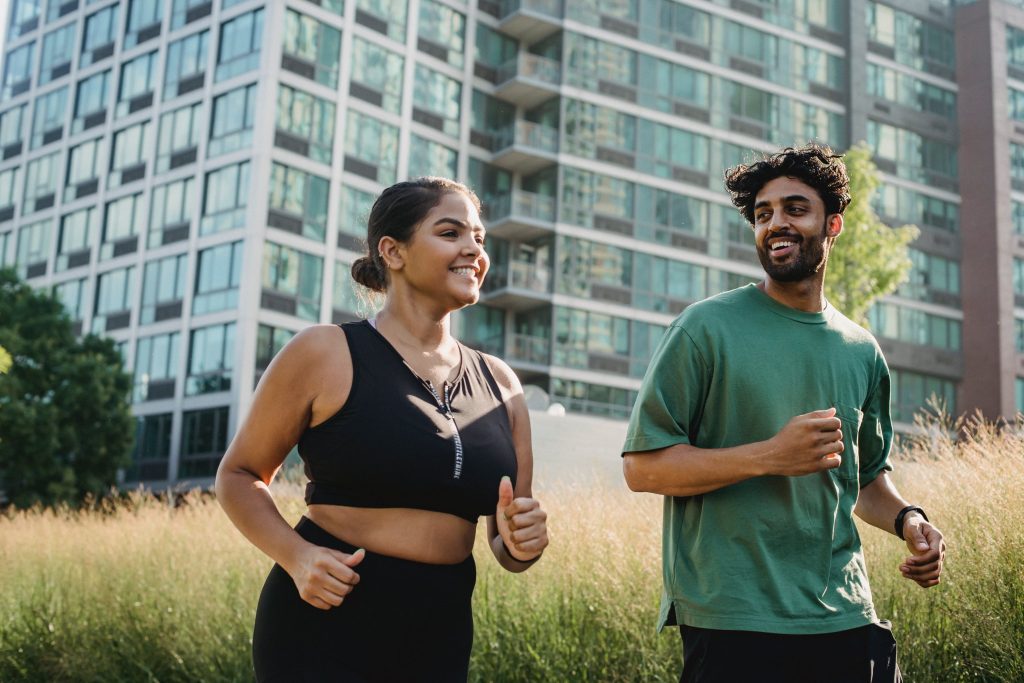


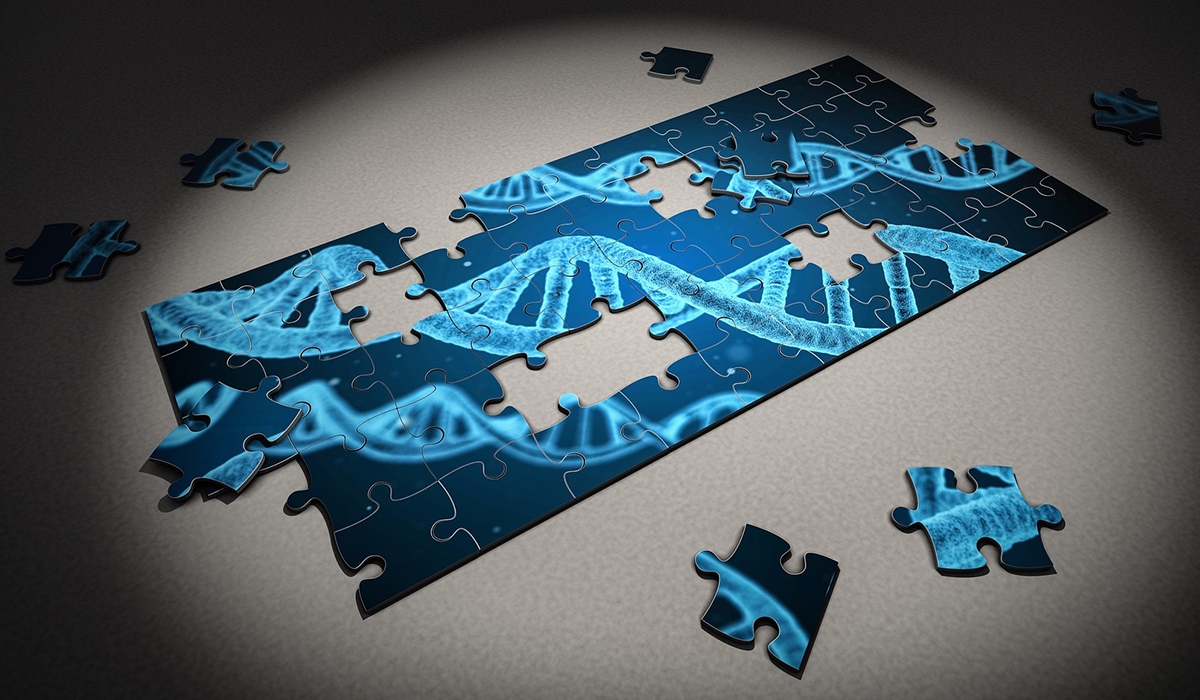
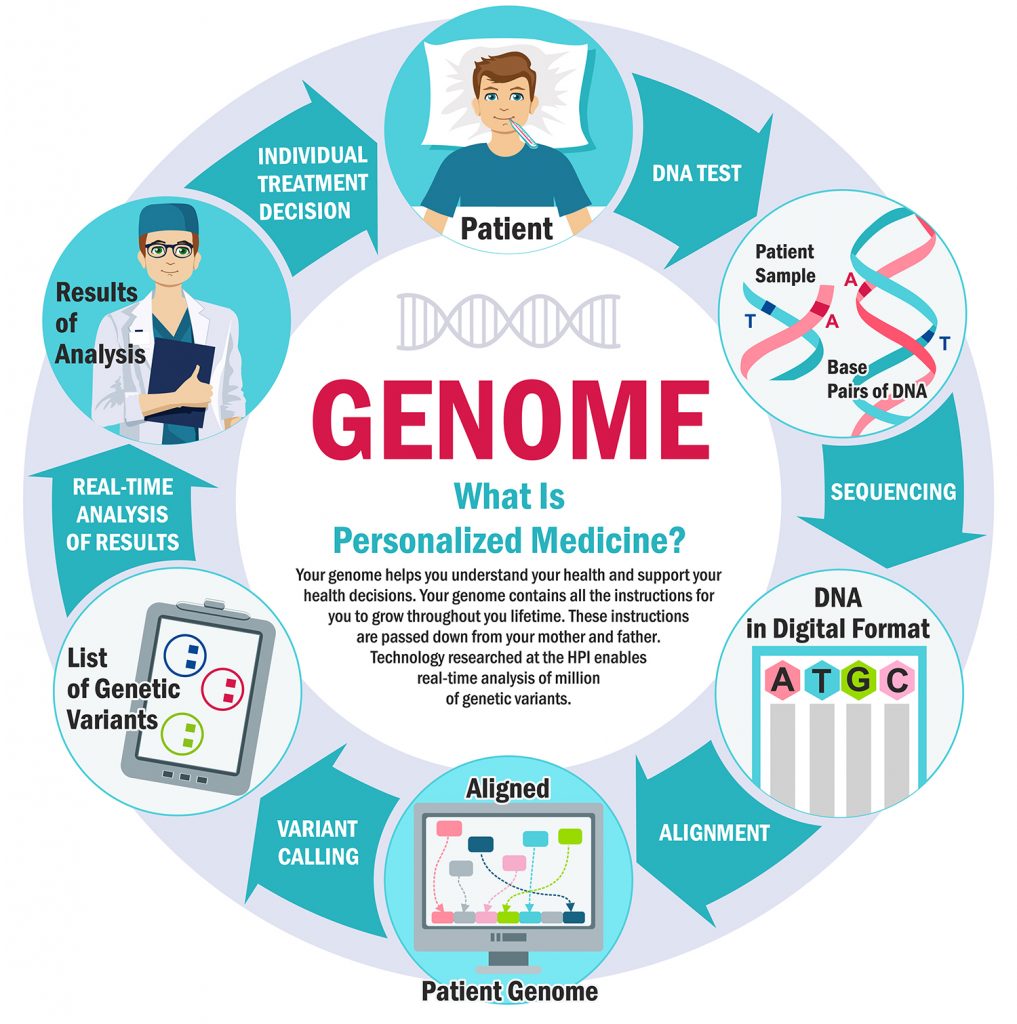

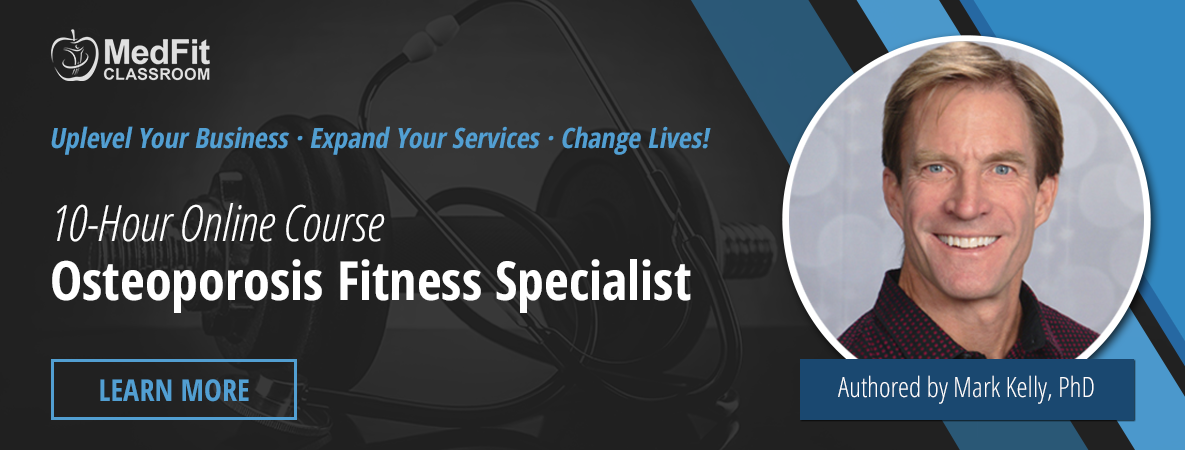

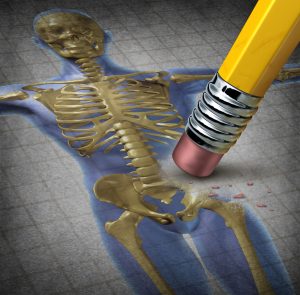 It is a unique course in the fitness world because it is a total turn-key format. It starts in the first module with education on bone anatomy and physiology. It then delves into what osteoporosis and osteopenia are and how our bone mass naturally changes across time. It then goes into some of the mechanisms of how bone adapts to the stresses we put on it as well as the interrelationships between joints, bones and movements and how they can improve or decrease with movement or lack of it.
It is a unique course in the fitness world because it is a total turn-key format. It starts in the first module with education on bone anatomy and physiology. It then delves into what osteoporosis and osteopenia are and how our bone mass naturally changes across time. It then goes into some of the mechanisms of how bone adapts to the stresses we put on it as well as the interrelationships between joints, bones and movements and how they can improve or decrease with movement or lack of it.
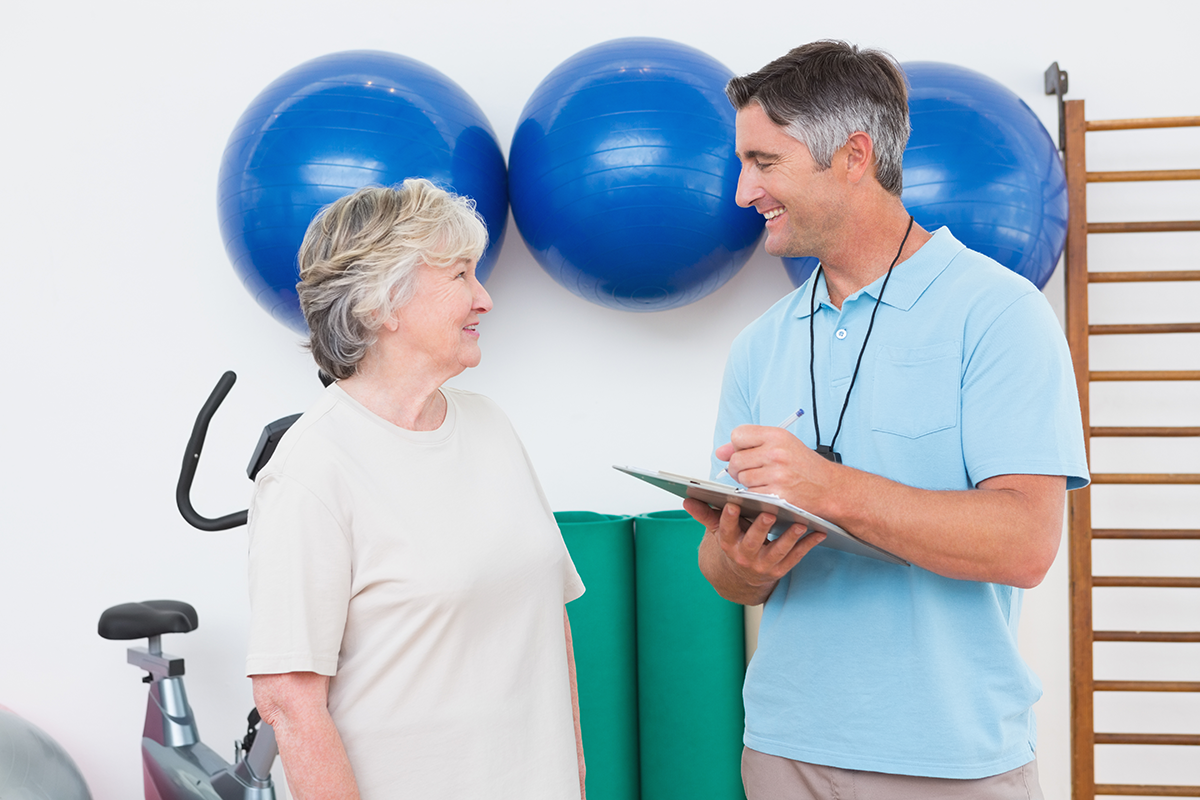
 I was making presentations in healthy aging and how to train elderly people in 2014, joined with and became a master trainer for an emerging group at the time, and got certified in functional aging. I had met with this energetic woman in Orange County who was starting a network for medical fitness — any guesses? Yes, Lisa Dougherty was super passionate about it and was busy enlisting all kinds of groups to collaborate with her. After working for the American Council on Exercise and knowing their interest in this market sector, I too saw an interesting niche in the fitness and health market that was not getting filled. The gap between an allied health care professional’s treatment and true functional health for any individual, but especially an aging one. Phil Kaplan has written and spoken quite a bit on this and labeled it as the “new blue ocean.” As he mentions, it is not a small niche, but a huge market opportunity, and it is driven by people valuing their health and quality of life.
I was making presentations in healthy aging and how to train elderly people in 2014, joined with and became a master trainer for an emerging group at the time, and got certified in functional aging. I had met with this energetic woman in Orange County who was starting a network for medical fitness — any guesses? Yes, Lisa Dougherty was super passionate about it and was busy enlisting all kinds of groups to collaborate with her. After working for the American Council on Exercise and knowing their interest in this market sector, I too saw an interesting niche in the fitness and health market that was not getting filled. The gap between an allied health care professional’s treatment and true functional health for any individual, but especially an aging one. Phil Kaplan has written and spoken quite a bit on this and labeled it as the “new blue ocean.” As he mentions, it is not a small niche, but a huge market opportunity, and it is driven by people valuing their health and quality of life.
 I have decided to look at the bright side of this event, and see it as an opportunity. While many are not in my particular position, and are actually out of job and income due to this pandemic, I want you to reframe it. Change the paradigm of this being a negative, to this being a time for catching up, reflecting, and perhaps actually changing yourself.
I have decided to look at the bright side of this event, and see it as an opportunity. While many are not in my particular position, and are actually out of job and income due to this pandemic, I want you to reframe it. Change the paradigm of this being a negative, to this being a time for catching up, reflecting, and perhaps actually changing yourself.
